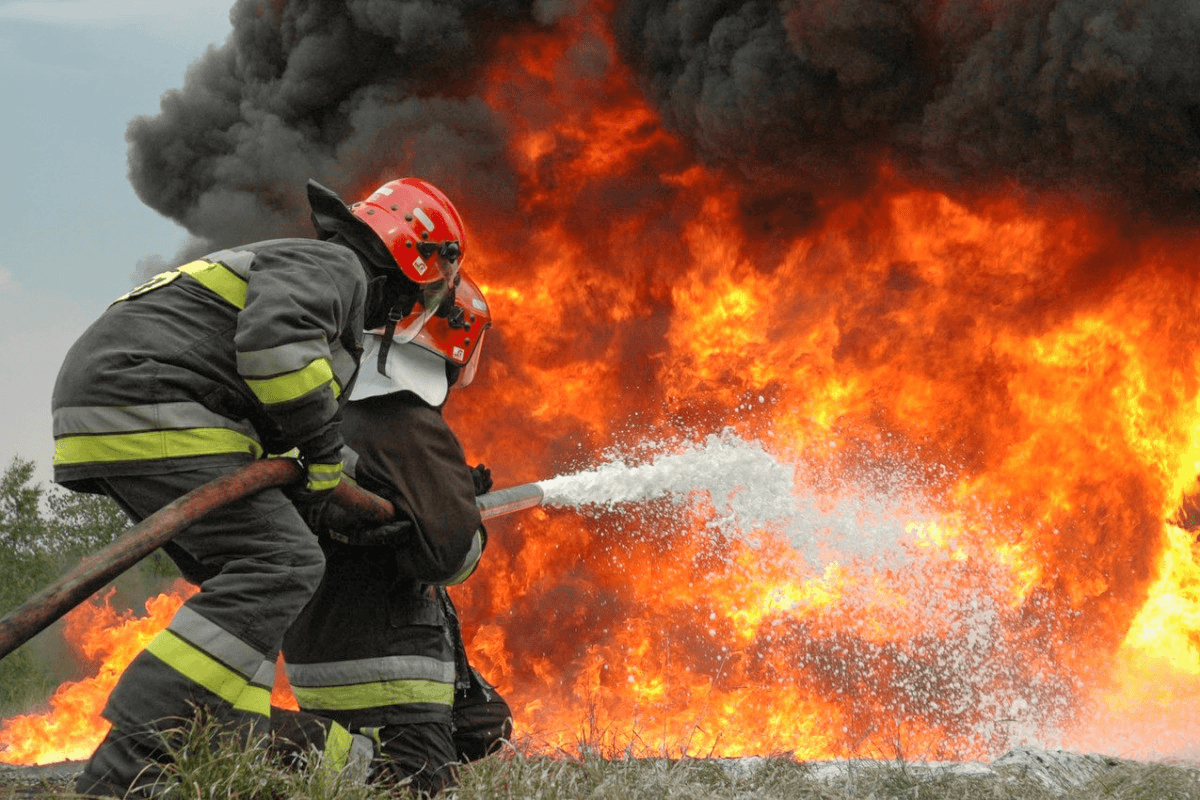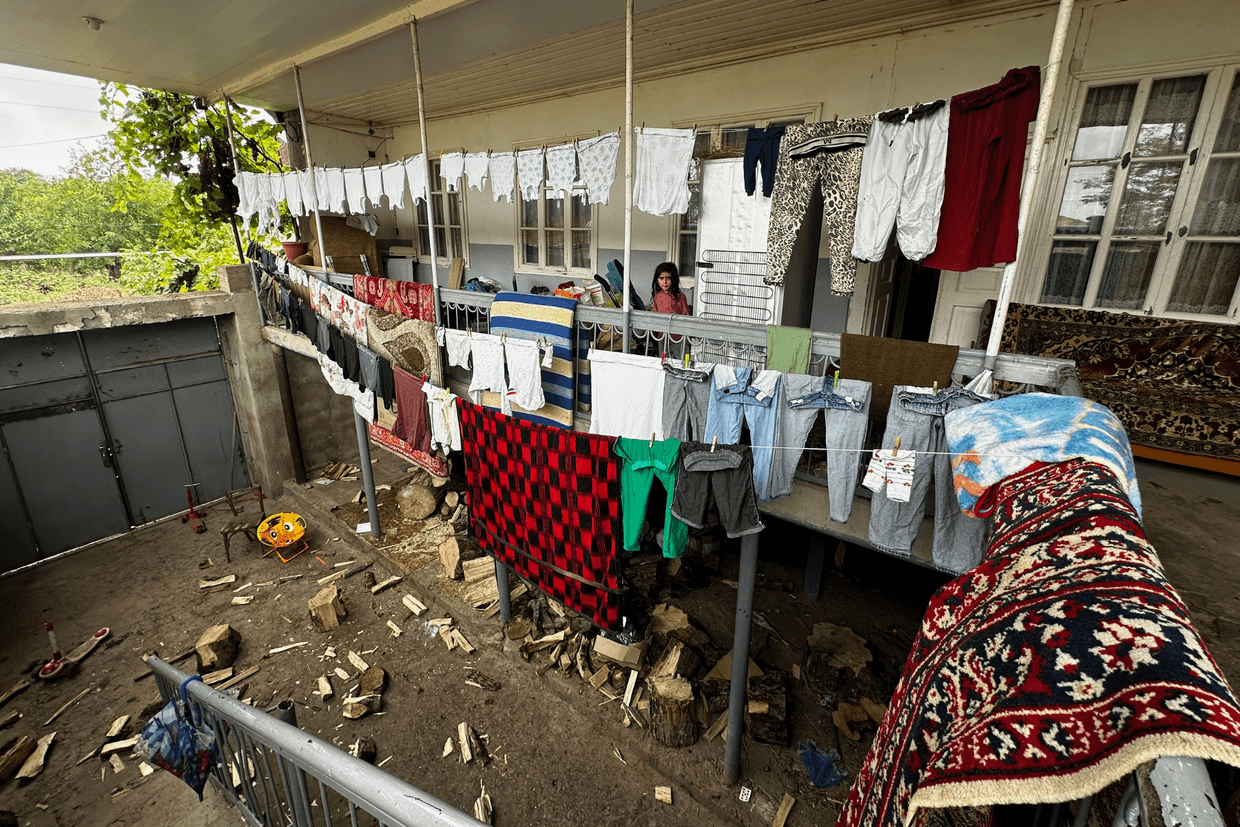Wildfires in Nagorno-Karabakh threaten ancient Armenian monastery and other historical sites

Former Nagorno-Karabakh officials have warned that Amaras Monastery, home to the oldest Armenian school in Nagorno-Karabakh, as well as nearly 100 other historical and cultural monuments, are in danger because of wildfires that have been raging in the region.
‘The Tigranakert Historical and Cultural Reserve, the Amaras Monastery Complex, as well as significant monuments located in the vicinity of the Talish community and a number of other settlements, have been caught in the fire’s spread zone’, the statement of the former Culture Ministry read.
Amaras, a medieval Armenian monastery and important religious and cultural site, was where the first Armenian school in the region was established by Mesrop Mashtots in the fifth century.
The former Cultural Ministry additionally published a map showing the spread of fires, crediting the NASA LANCE/FIRMS system.
Citing information circulating on social media, they recorded that ‘the historic mulberry orchards of the Nor Shen [Yenikand] community have already been damaged by fire’.
They noted that Azerbaijan ‘is obliged, in accordance with international law and conventions on the protection of cultural heritage to ensure the preservation of cultural and natural heritage in the territories under its control, to take urgent measures to extinguish fires and restore the damage caused’.
The statement also said the responsibility of international organisations and specialised institutions, ‘within the scope of their mandate, should provide an appropriate assessment of the current situation and take practical actions to preserve the cultural heritage of Artsakh [Nagorno-Karabakh]’.
The fire broke out on 23 July, with the Azerbaijani pro-government outlet APA citing the Azerbaijani Ministry of Emergency Situations saying that they received information about a fire ‘in an open area in a mountainous area’ in the Fuzuli district.
Following which they ‘immediately’ deployed a helicopter and ‘forces of the State Fire Protection Service’.
The next day they reported that fires continued ‘in the territories of the Aghdam and Aghdara [Martakert] districts’. According to them, the fire was ‘fully brought under control’ the day before, but as a result of ‘strong winds during the night’ the flames intensified.
On 26 July, APA reported that ‘new fires have started in an open field near the village of Talish in the Aghdara District’
On the same day, APA reported that the authorities determined the cause of the fire in the area of Boyuk Galadara [Mets Shen] village of Shusha [Shushi] District to be ‘a short circuit in a power pole in the area’.
The latest news on the fire was shared on 27 July, with APA citing the Emergency Situations Ministry as saying that fires were ‘completely extinguished’ in Yenikand, Kojavand (Martuni), Boyuk Galadara in Shusha, and Ashaghi Yemishjan (Nerkin Sznek) in Khojali.
The ministry said it was ‘intensively’ fighting fires in the villages of Talish in Aghdara and Gargoyunlu in Goranboy.
For ease of reading, we choose not to use qualifiers such as ‘de facto’, ‘unrecognised’, or ‘partially recognised’ when discussing institutions or political positions within Abkhazia, Nagorno-Karabakh, and South Ossetia. This does not imply a position on their status.
This article was translated into Russian and republished by our partner Jnews.







